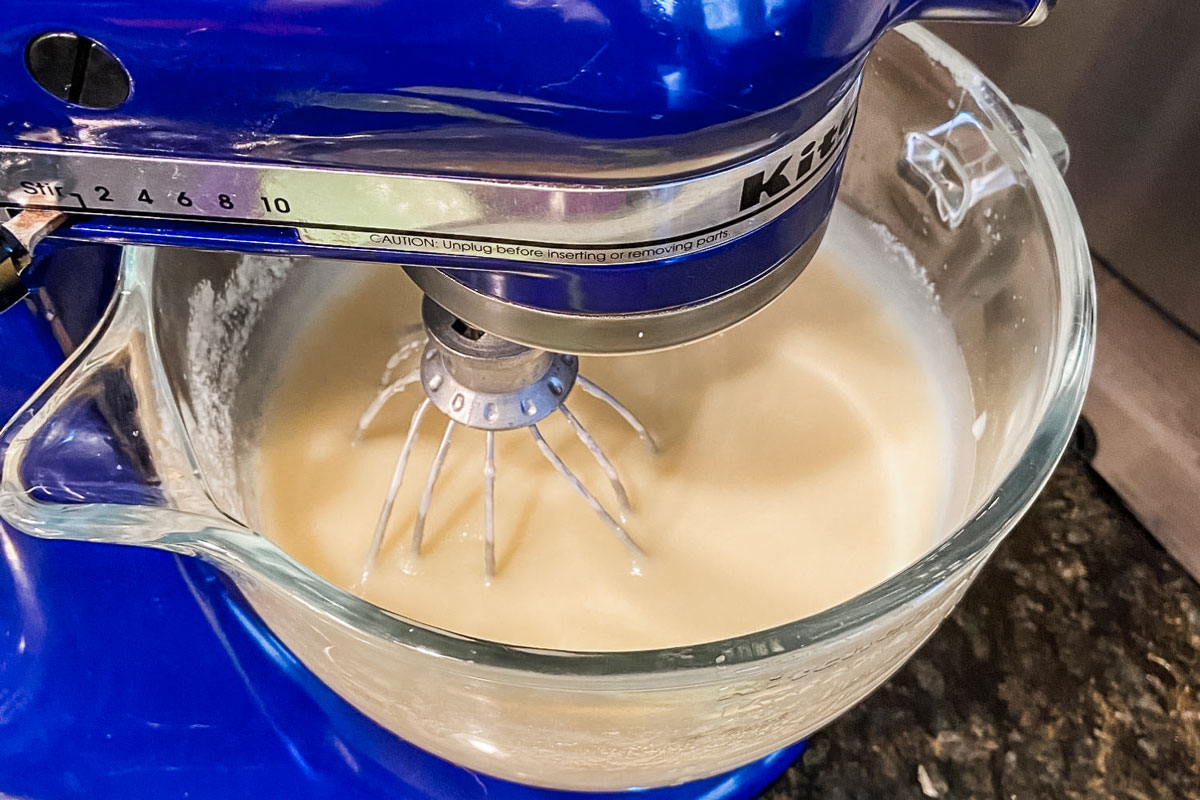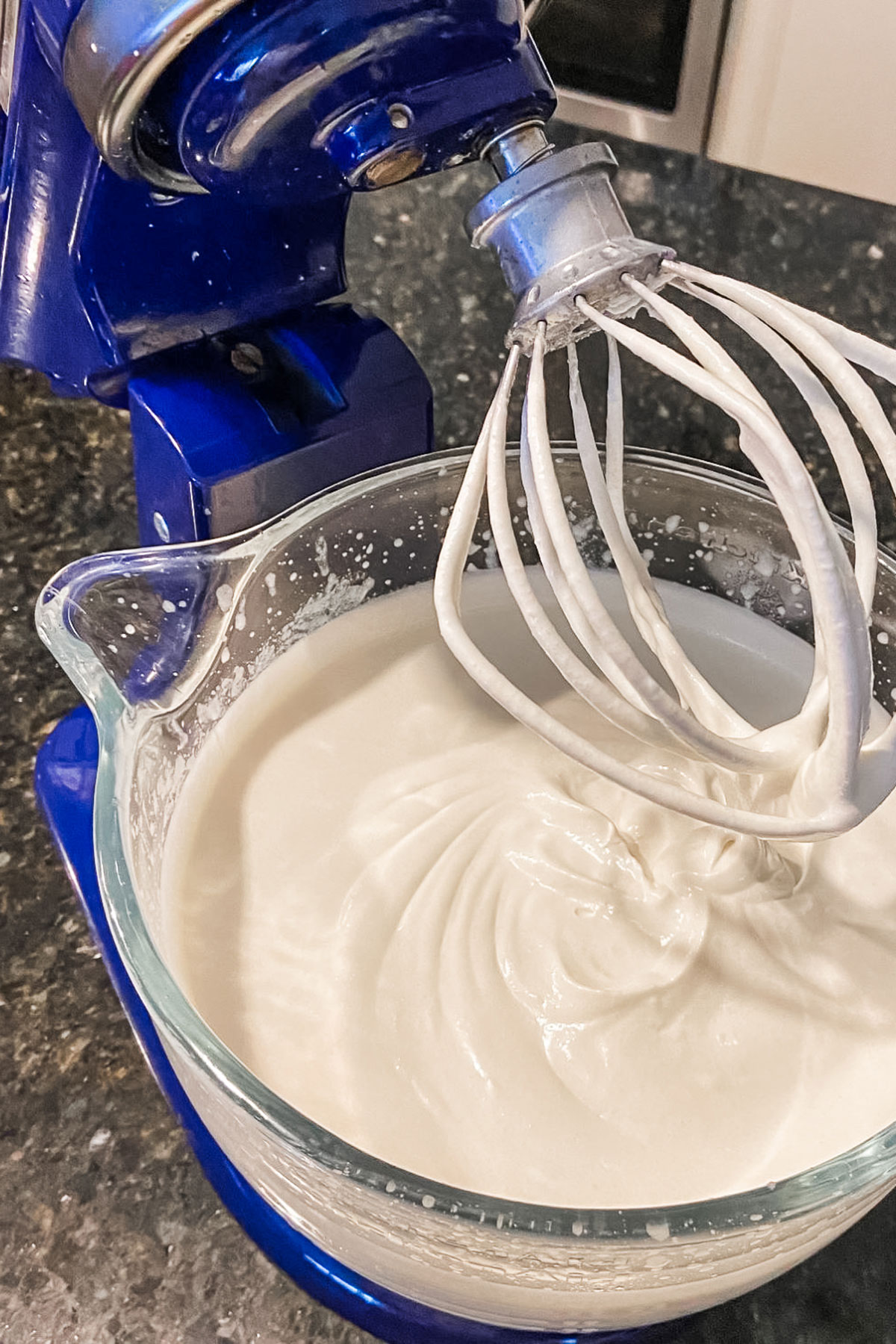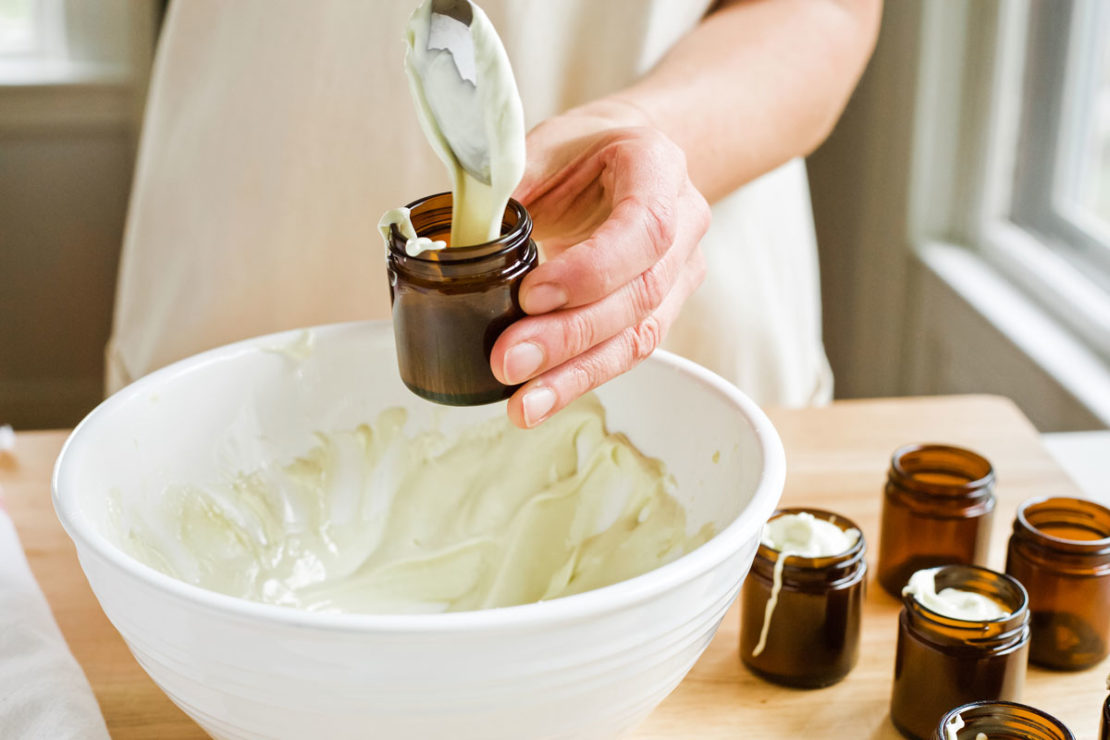
Comfrey Cream Recipe for Achy Joints and Muscles
Can a comfrey (Symphytum officianale) root extraction help ease aching joints and muscles? Many of those following the folk use of comfrey up to present-day think so. Additionally, there is scientific research demonstrating comfrey’s effectiveness at soothing muscle and joint pain, some of which are highlighted in this post.
The warm weather has a way of encouraging us to get outside and move our bodies more. Whether you’ve been hiking, biking, playing, or enjoying water sports, comfrey cream can be a wonderful ally in supporting achy muscles that result from physical, summertime activities. For that reason, I’ve also included my go-to comfrey cream recipe for achy joints and muscles!
What is Comfrey?
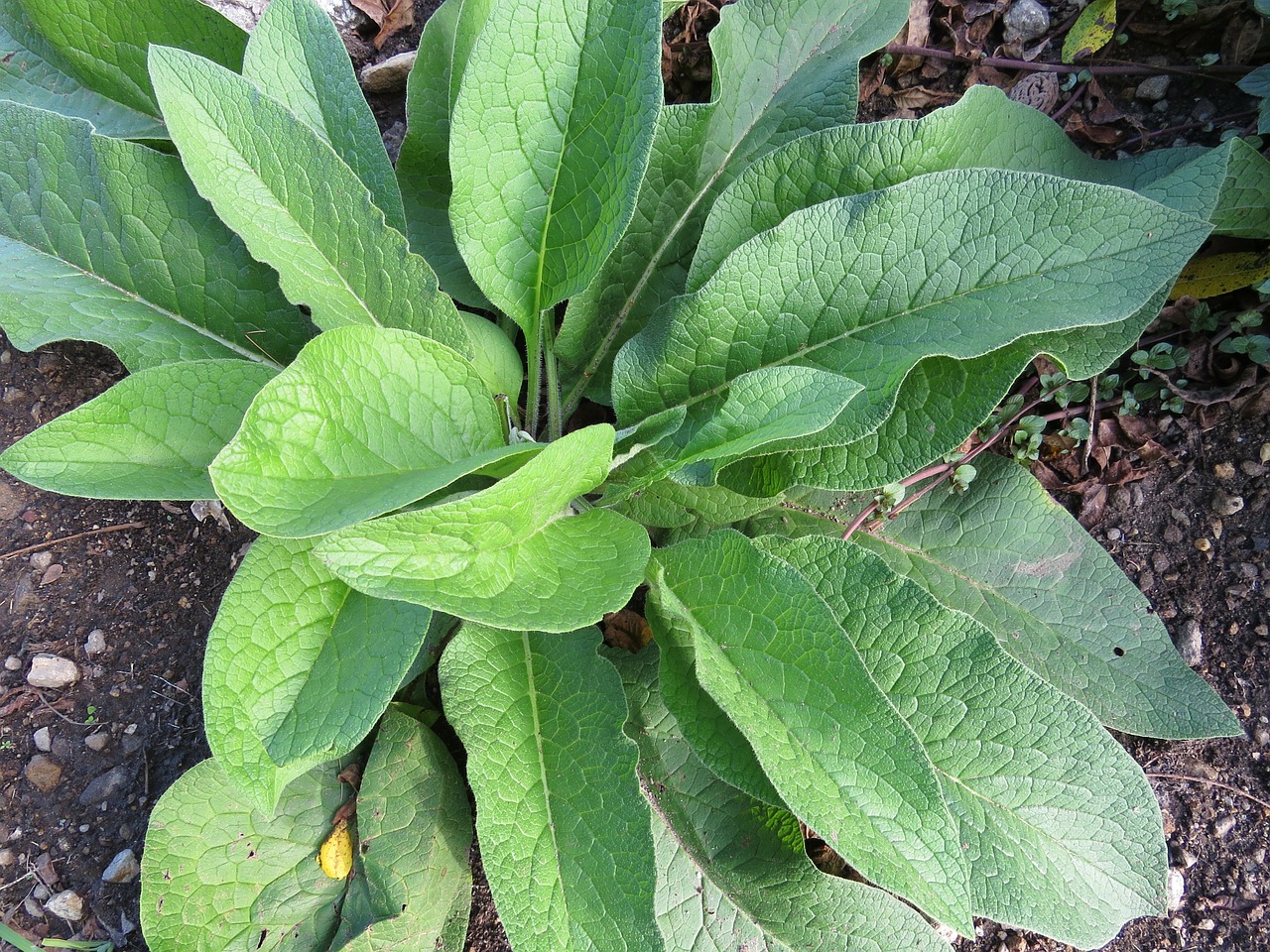
The comfrey plant, Symphytum officinale, gets its name from the Latin confervere, meaning to grow together. When the root is boiled in water, it forms a sticky, glue-like paste. This is memorable if you have worked with it, and some use this quality to remember comfrey’s centuries-long use—applying comfrey over bones, bruises, sprains, and minor wounds with the intention to support mending!
A member of the borage family, comfrey root, leaves, and stems have an obvious coat of bristly hair. This perennial can grow up to 4-feet tall. Its long, lance-shaped leaves can be up to 1 foot in length closer to the bottom of the stem and are shorter higher up the stem. Comfrey flowers are bell-shaped and purple, pink, or pale yellow in color, and it has a dark taproot.
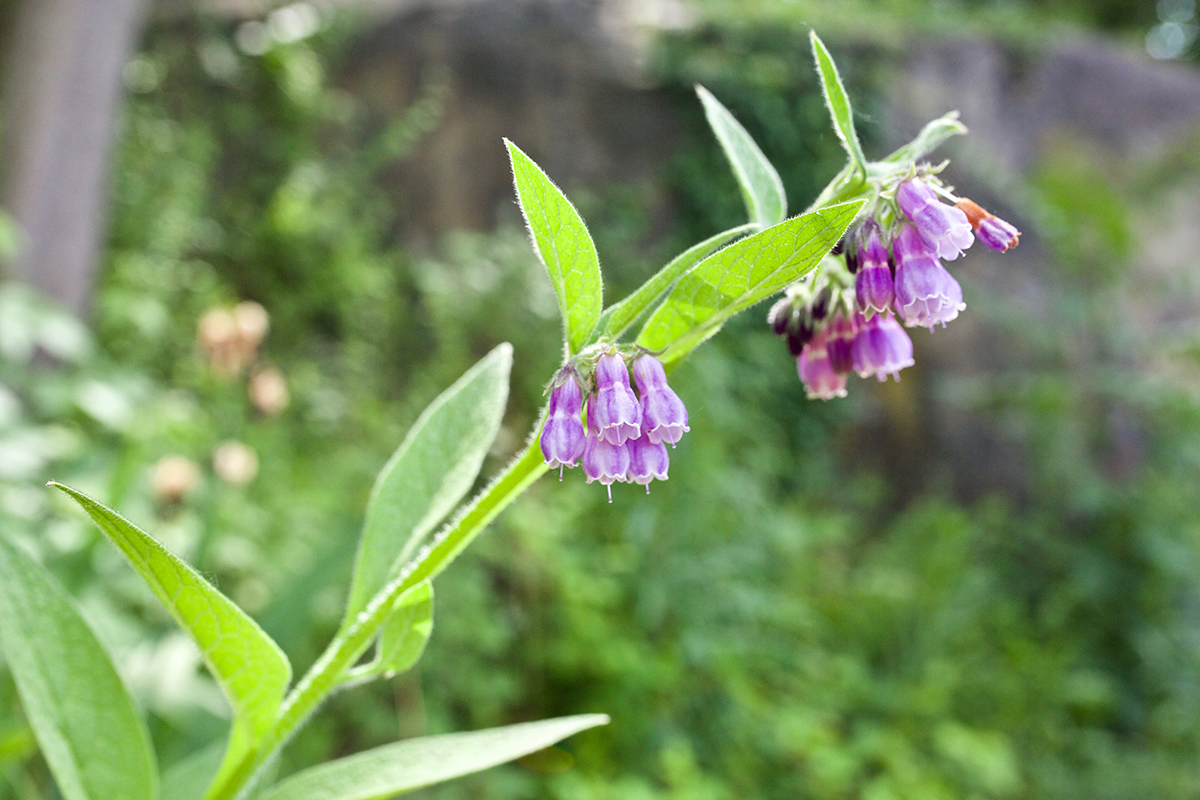
The leaves and stems of comfrey contain pyrrolizidine alkaloids that can cause toxic damage if ingested in excess (Ulbricht, 2010). Thus, it is not advised to ingest herbal preparations of comfrey unless guided by an expert pharmacologist and physician. Learn more in The Comfrey Controversy: Can and Should One Use Comfrey Internally?
Topical preparations of comfrey are generally safe provided they are not applied excessively or to an open wound. This is because only a small amount of the pyrrolizidine alkaloids are absorbed through the skin (Jedlinszki et al., 2017). When buying commercial brands, seek those that have had the pyrrolizidine alkaloids removed, if possible.
Research on the Topical Use of Comfrey
Topically, comfrey root and leaf extracts have been traditionally used for bruises, sore muscles and joints, sprains, mild wounds, and gout (Natural Medicines, 2020). Some recent human studies have demonstrated that extracts may help with ankle sprains, knee pain and stiffness, backaches, and mild skin abrasions.
For Ankle Distortions
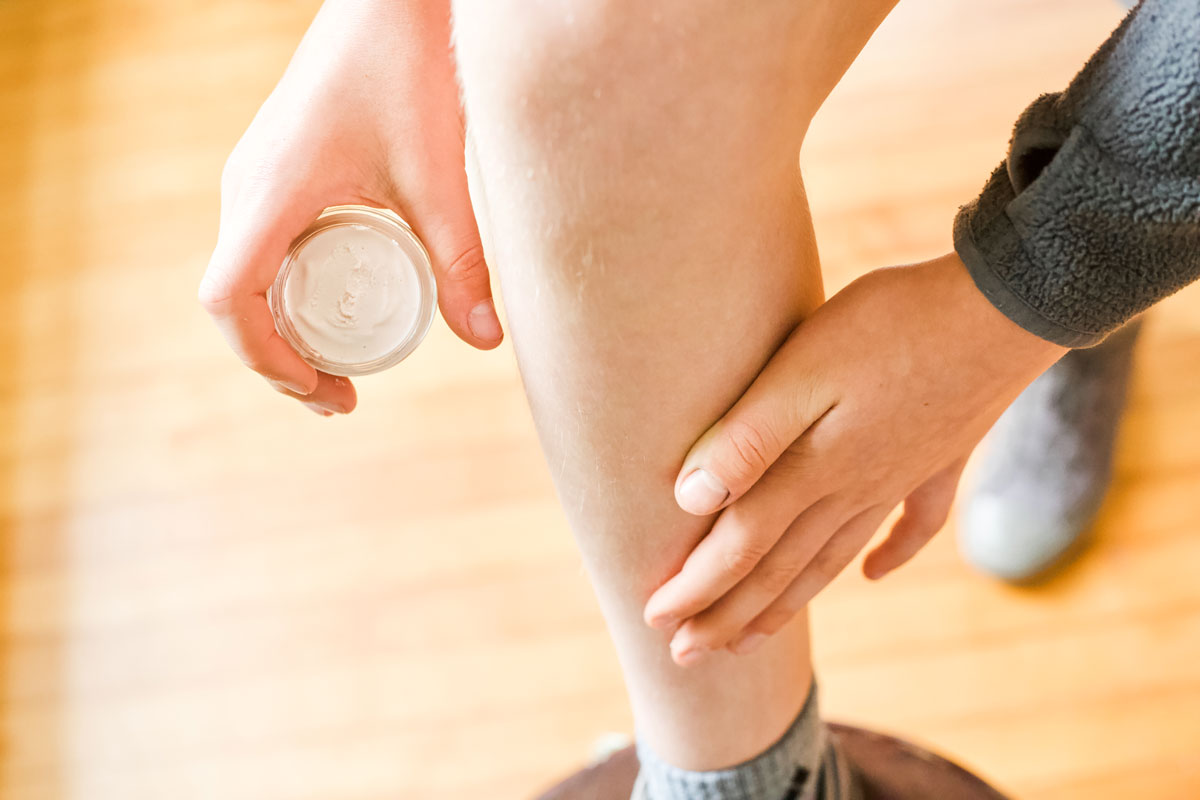
An ankle sprain can come out of nowhere and cause a lot of pain, limitations, and regret until it is healed. At least three human studies found that the topical use of a cream containing comfrey root extract may safely help with pain, swelling, and mobility symptoms associated with an ankle sprain.
- In a randomized, controlled, double-blind study with 203 patients, applications of a 10% comfrey cream were well tolerated, reduced swelling and pain, and improved mobility (Kucera et al., 2004).
- In a multicenter, randomized, double-blind, placebo-controlled study with 142 ankle sprain participants, a comfrey root extract applied 4x/day for 8 days improved pain, swelling, and mobility without any adverse reactions (Koll et al., 2004).
- In a randomized multicenter study with 164 ankle sprain patients, swelling and pain were improved more successfully using a comfrey root extract compared to a diclofenac gel (Predel et al., 2005).
While larger and more studies are needed to fully determine safety and effectiveness, short term topical application of comfrey may give you peace of mind, relief, and support while you rest and heal, following any additional advice from your physician.
For Knee Pain and Stiffness

Knee pain and stiffness can be a stubborn concern that keeps many from doing activities they enjoy. Two interesting studies found that a topical application of a product containing comfrey root extract helped with knee pain and stiffness. For one of these studies, the average time participants had experienced knee pain and stiffness leading up to the study was six and a half years!
- In a randomized, placebo-controlled, double-blind, multi-clinical trial, 43 volunteers with osteoarthritis used either a topical cream containing comfrey, tannic acid, and eucalyptus or a placebo cream 3x/ day for 6 weeks. The herbal topical cream was prepared at two different strengths, as an additional measure of efficacy. The groups using the herbal preparations reported a significantly greater reduction in pain and stiffness associated with osteoarthritis of the knee without serious adverse reactions (Smith & Jacobson, 2011).
- In a randomized, double-blind, placebo-controlled trial, 220 patients with knee osteoarthritis used either a commercial topical comfrey root extract or a placebo. A significant reduction in pain was observed in the groups using the comfrey product. As an additional measure of efficacy, groups instructed to use the comfrey preparation for the longest period of time experienced the most improvement. (Grube et al., 2007).
Of course, more research is needed to validate efficacy and safety. However, people with knee pain may be glad to try a topical preparation that could help in addition to any other recommendations made by their physician.
For Back Pain

As a Licensed Massage Therapist for fifteen years, I have noticed that back pain can be caused by a variety of reasons and can be very debilitating. Sometimes, massaging on topical ointments can help reduce pain and inflammation.
Three clinical studies have provided evidence that ointments containing comfrey root have helped reduce back pain. While there can be a variety of causes for back pain, these small studies offer hopeful results that comfrey root may offer potential analgesic and anti-inflammatory benefits. More research is needed.
- In a double-blind, randomized, placebo-controlled study involving 120 patients with acute back pain, symptoms were quickly reduced in the group using 4 grams of an ointment containing 35% comfrey root extract 3x/day for 5 days (Giannetti et al., 2010).
- In a small study with 30 subjects, lower back pain from exercise was reduced with an ointment containing comfrey. The cream was applied to the local lumbar area 4x during the day of the exercise, with the first application being pre-exercise (Jurcau & Jurcau, 2013).
- A multi-center, randomized, double-blind, controlled clinical trial was conducted with 161 patients having acute lower back pain. An ointment containing comfrey helped reduce lower back pain (Stam et al., 2001).
For Superficial Bruising
Comfrey has long been used in folk traditions for bruising and abrasions. Although it has historically been used on open wounds, it is now not advised related to the toxic pyrrolizidine alkaloids that can absorb more readily into the body through an open wound. Additionally, use on a deep cut may encourage healing of the outer skin the preparation comes in direct contact with faster than the deeper tissue, leading to abscess. Comfrey is avoided on cuts or puncture wounds for this reason.
- In a study of 712 children with superficial wounds, applying a 25% comfrey cream for one week or up to two weeks (2-4x day) offered a strong benefit to risk ratio (Kucera et al., 2018).
- In a randomized double-blind study of 278 patients with fresh abrasions, a topical preparation containing a 10% comfrey leaf extraction applied for 2-3 days reduced wound healing time of adults and children without side effects (Barna et al., 2012).
Topical Use Safety
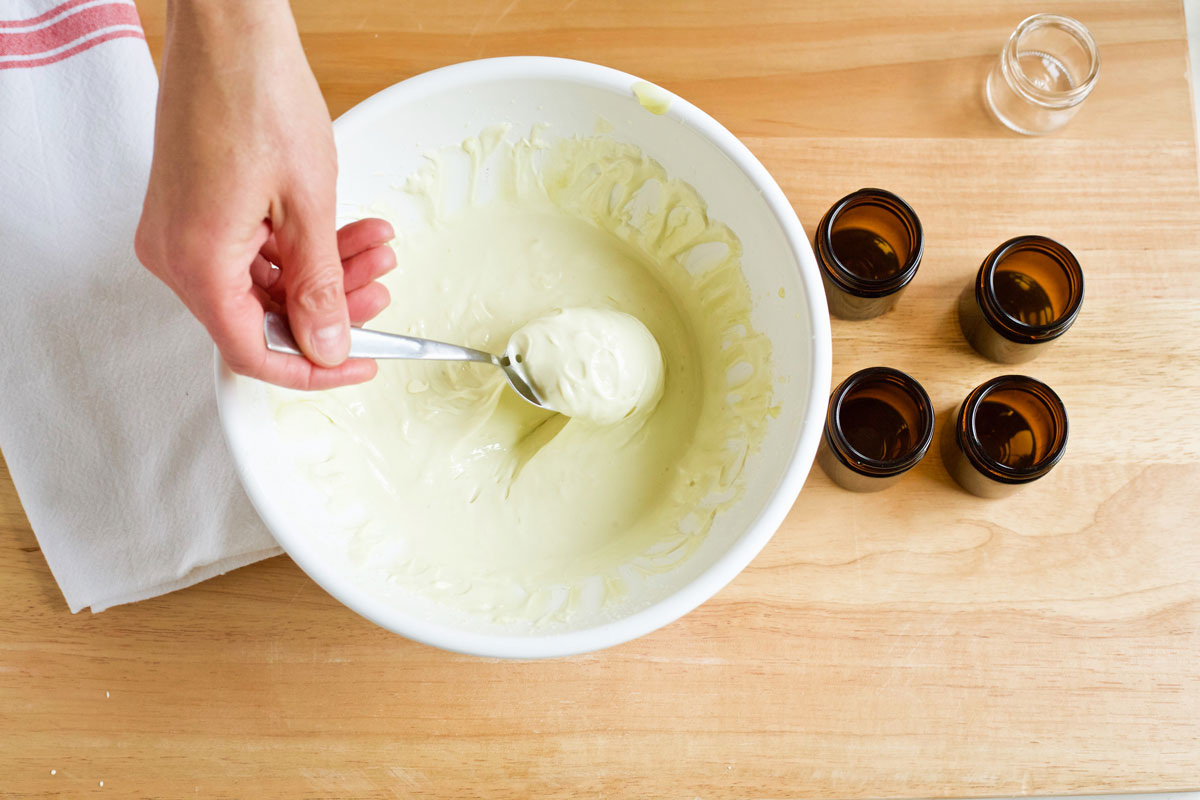
When harvesting comfrey or buying from a non-commercial supplier, note that there is variety within the species. Hybrids and other species may have a similar appearance but could have significantly different amounts of the toxic pyrrolizidine alkaloids (Kucera et al., 2018). Make sure to always buy comfrey (Symphytum officianale) root and leaf from a trusted source.
Avoid using comfrey extracts on broken skin or open wounds. Also, avoid use for more than two weeks or excessive concentrations containing more than 100 mcg of pyrrolizidine alkaloids (Wichtl, 2004 & Ulbricht, 2010).
Do not use comfrey with very young children or during pregnancy or lactation. Avoid comfrey with certain medical conditions, such as liver disease. Avoid with medications that induce CYP3A4 or are hepatotoxic (Natural Medicines, 2020). Contact your doctor or pharmacist if you have any questions before use. Like any new treatment, discontinue use if any irritation occurs. In some cases, ointments with comfrey have caused redness, itching, and a rash (Smith, 2011).
Comfrey Cream Recipe for Muscle and Joint Comfort
This comfrey cream recipe works great for local areas that have mild bruising or soft tissue pain. Apply a small amount (not to exceed a teaspoon) topically 2-3x/day for up to 2 weeks. Understand comfrey’s contraindications before using it.
To make this recipe, first, you must prepare the comfrey root tincture. This is done by soaking the root in at least 50% alcohol for a minimum of two weeks. Be sure to use comfrey root from a reputable source that has properly identified the species. Choose organically grown comfrey when possible. After the tincture is made, then you can whip up the fabulous joint and muscle cream! Be sure to choose organic carrier oils and essential oils when possible. Yield: Approximately 5 cups of whipped lotion.
Comfrey tincture
1 ounce dried organic comfrey (Symphytum officinale) root
1 pint of 50% alcohol
1 pint-sized glass canning jar, with lid
Comfrey cream
½ cup organic sunflower oil
¼ cup organic safflower oil
2 ½ cups organic, unrefined coconut oil
½ cup organic, unrefined cocoa butter
1/8 cup comfrey tincture (Symphytum officinale), store bought or via recipe, above.
12 drops peppermint (Mentha piperita) essential oil
12 drops juniper berry (Juniperus communis) essential oil
12 drops black pepper (Piper nigrum) essential oil
Double boiler
Electric bowl mixer (like a KitchenAid) or a blender
Glass bowl with a lid
Small glass jars with lids for sharing (optional)
- First, make the comfrey root tincture by combining the dried comfrey root and alcohol in a sterilized, dry, glass pint jar. Seal with a lid and then label with the ingredients and date. Set on a sunny windowsill and shake once a day for 2-4 weeks.
- After 2-4 weeks have passed, strain the root from the alcohol using a coffee filter inserted in a wire mesh strainer or similar setup. Save the remaining liquid alcohol portion. This is the tincture. Set aside ⅛ cup for the cream recipe and store the rest in a glass jar. Label with the ingredients and date made.
- To make the cream, combine sunflower oil, safflower oil, coconut oil, and cocoa butter in a double-boiler over low heat until completely melted. Remove from heat. Cover, but leave a small air opening.
- Allow the oil mixture to cool until it reaches room temperature, which could take 8-12 hours. It’s ready when the mixture has solidified somewhat and has a cloudy, creamy, and slightly runny consistency.
- Transfer the cooled oil and butter mixture to a standing electric mixer or blender.
- Add ⅛ cup of the comfrey tincture and all essential oils to the cooled oil/butter mixture.
- Begin mixing on low. After the consistency begins to thicken, turn the mixer up a little bit. As the consistency thickens some more, turn the mixer up a little bit more. Mix for about 10 minutes, until nice and whipped
- Scoop the finished comfrey cream into sanitized glass jars. Cap, then label the jars with the date made and ingredients.
The recipe makes about 5 cups of whipped creamy lotion. Without overexposure to air or heat—and without cross-contamination—the recipe should last as long as the expiration date of the carrier oils used.
To Use. Healthy adults: massage about 1 teaspoon of cream into a local area up to 4x/day for up to 2 weeks. Please read the Topical Use Safety section of this article (above) before using.
This recipe is contraindicated for small children and those with certain medical conditions. Skin patch test before use, especially if you have sensitive skin, and never use on a deep wound. Ask your doctor if you have any questions.
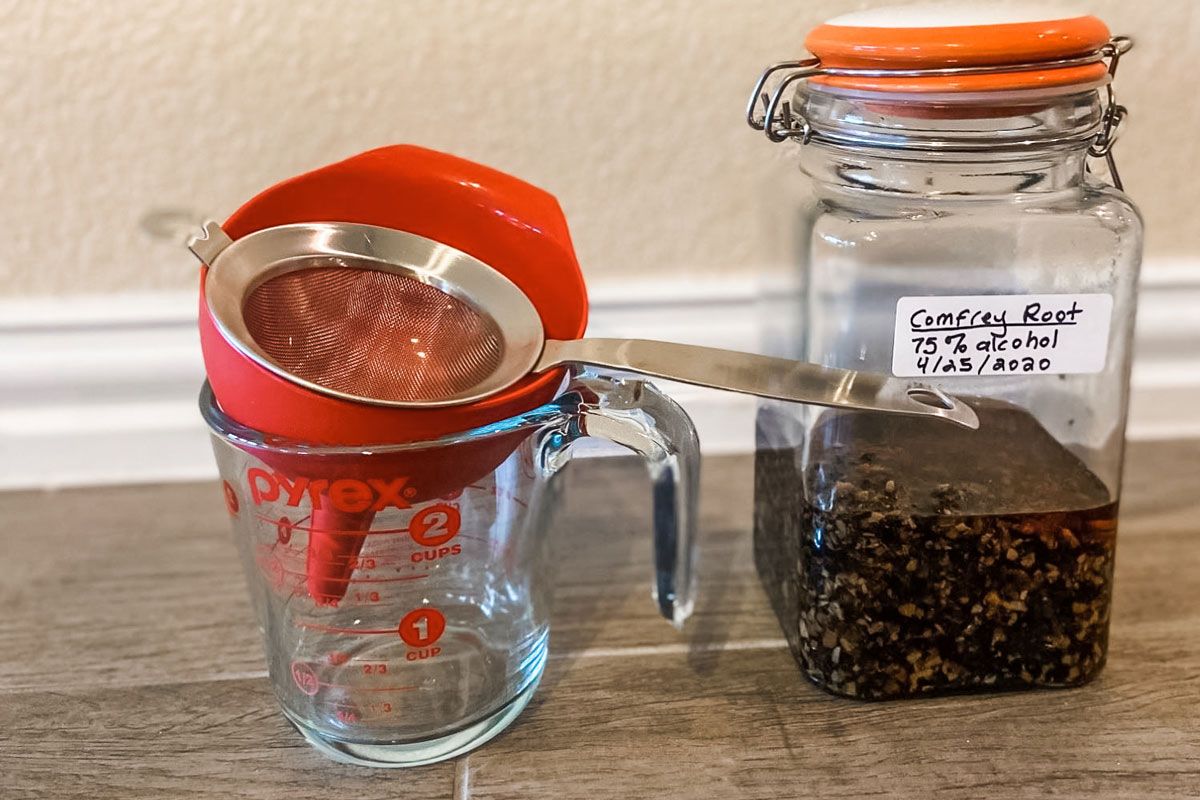
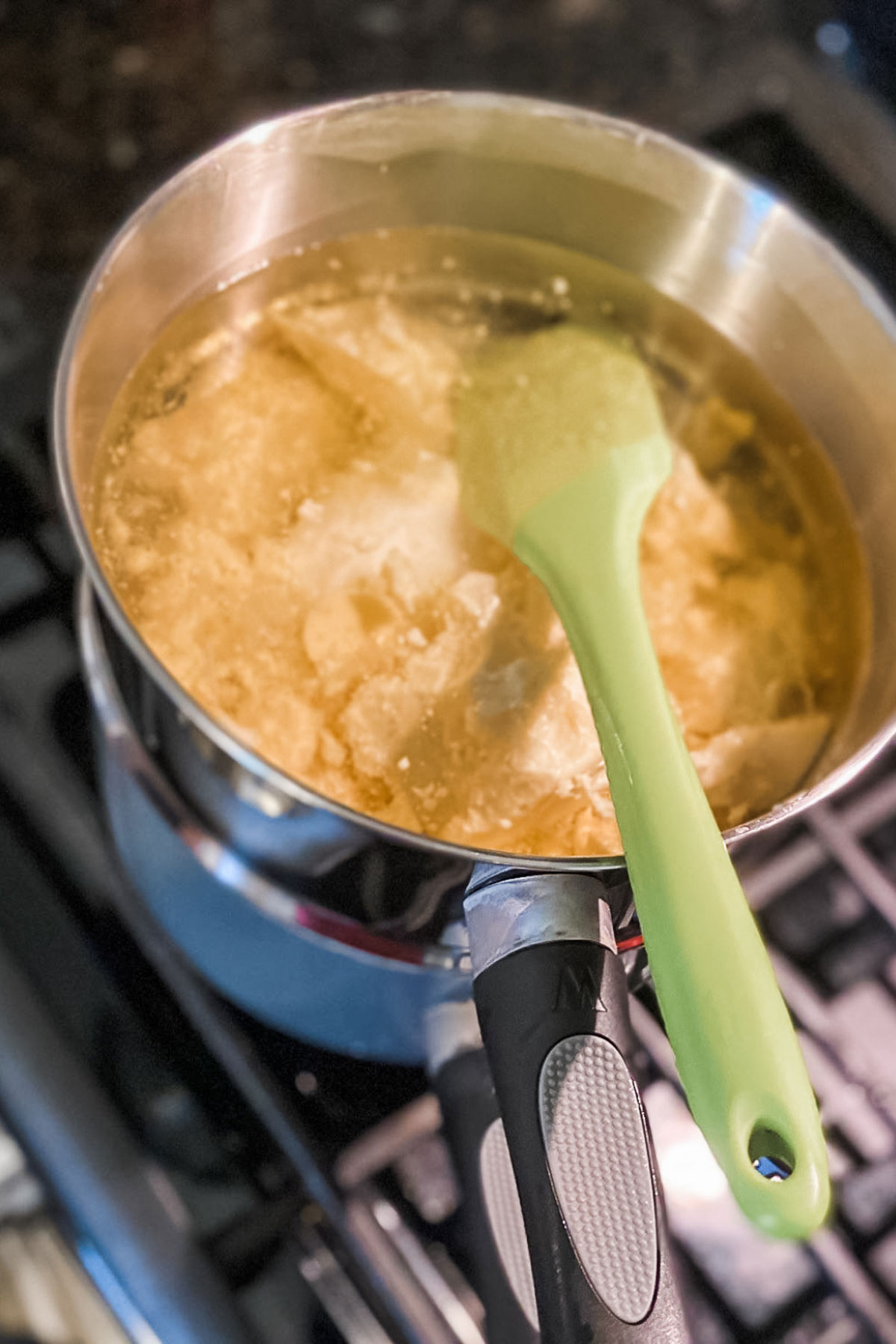
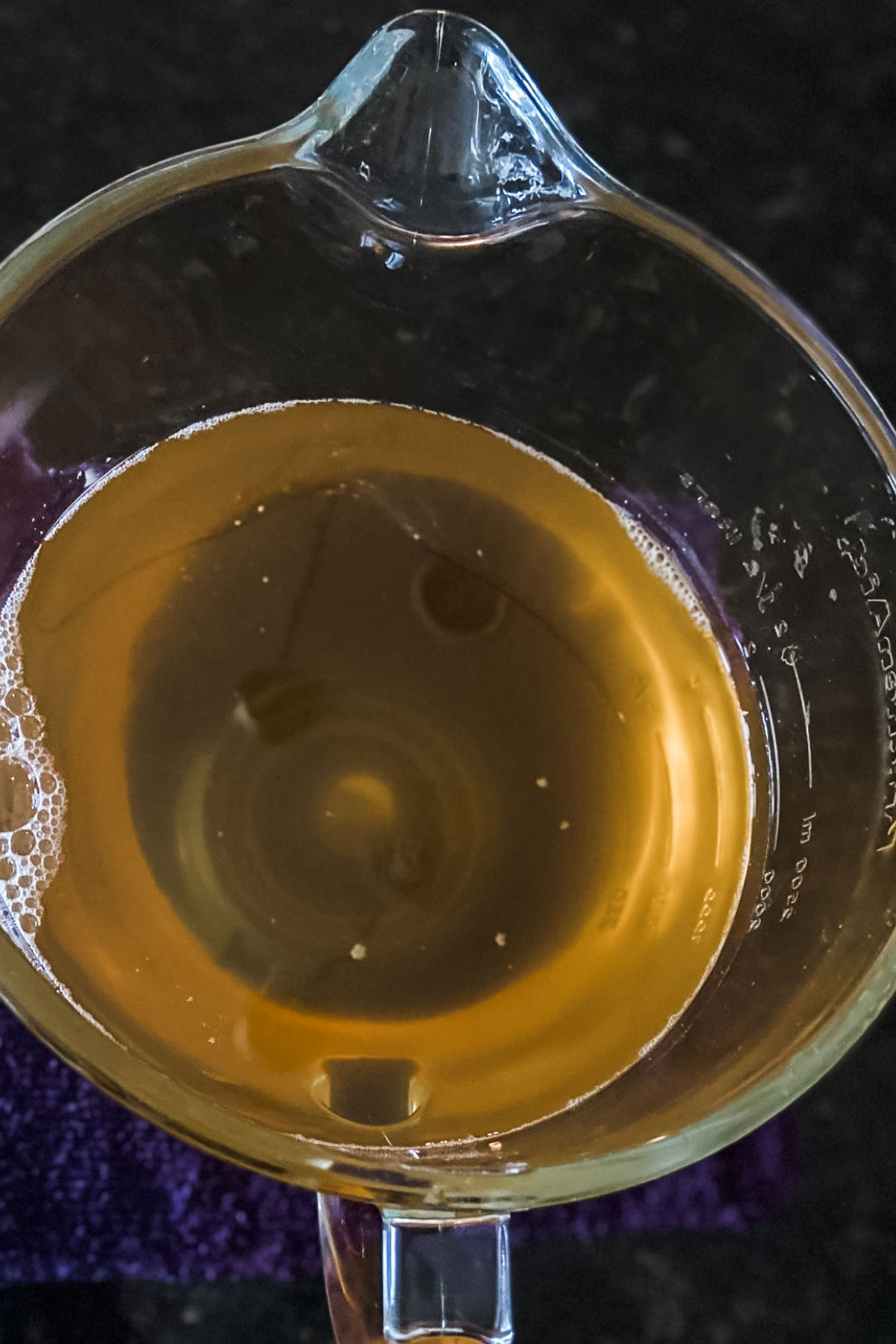
In Closing,
Comfrey root extracts have been used by herbalists and in folk traditions for centuries to soothe aches and pains. Recent studies have suggested topical benefits, but more research is needed. As a Licensed Massage Therapist, I have personally made this comfrey cream recipe multiple times and given jars to my clients. Many have said that it has helped them with a variety of aches and pains!
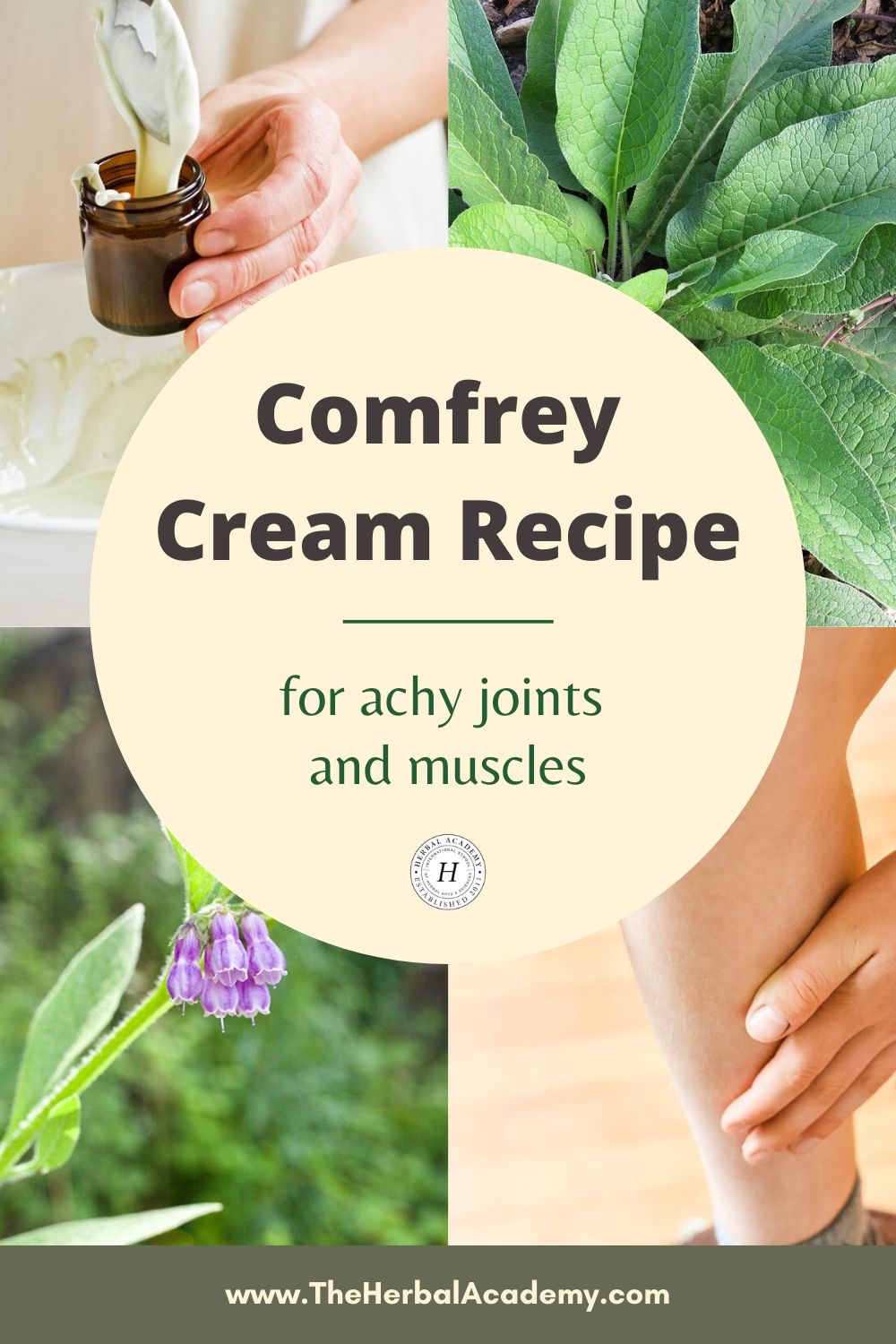
REFERENCES
Barna, M., Kucera, A., Hladikova, M., & Kucera, M. (2012). Wound-healing effects of a symphytum herb extract cream (Symphytum× uplandicum Nyman) in children: A randomized double-blind study. Arzneimittelforschung, 62(06), 285-289. https://doi.org/10.1007/s10354-007-0474-y
Giannetti, B. M., Staiger, C., Bulitta, M., & Predel, H. G. (2010). Efficacy and safety of comfrey root extract ointment in the treatment of acute upper or lower back pain: Results of a double-blind, randomised, placebo controlled, multicentre trial. British journal of sports medicine, 44(9), 637-641. https://doi.org/10.1136/bjsm.2009.058677
Grube, B., Grünwald, J., Krug, L., & Staiger, C. (2007). Efficacy of a comfrey root (Symphyti offic. radix) extract ointment in the treatment of patients with painful osteoarthritis of the knee: Results of a double-blind, randomised, bicenter, placebo-controlled trial. Phytomedicine, 14(1), 2-10. https://doi.org/10.1016/j.phymed.2006.11.006
Jedlinszki, N., Balázs, B., Csányi, E., & Csupor, D. (2017). Penetration of lycopsamine from a comfrey ointment through human epidermis. Regulatory Toxicology and Pharmacology, 83, 1-4. https://doi.org/10.1016/j.yrtph.2016.11.015
Jurcău, R., & Jurcău, I. (2013). Influence of moderate physical exertion on subacute low back pain, after Symphytum officinale ointment treatment. Palestrica of the Third Millennium Civilization & Sport, 14(3).
Koll, R., Buhr, M., Dieter, R., Pabst, H., Predel, H. G., Petrowicz, O., … & Staiger, C. (2004). Efficacy and tolerance of a comfrey root extract (Extr. Rad. Symphyti) in the treatment of ankle distorsions: Results of a multicenter, randomized, placebo-controlled, double-blind study. Phytomedicine, 11(6), 470-477. https://doi.org/10.1016/j.phymed.2004.02.001
Kucera, A., Barna, M., Holcova, S., Horacek, O., Hladiková, M., & Ottillinger, B. (2018). Tolerability and effectiveness of an antitrauma cream with comfrey herb extract in pediatric use with application on intact and on broken skin. International Journal of Pediatrics and Adolescent Medicine, 5(4), 135-141. https://doi.org/10.1016/j.ijpam.2018.11.002
Kučera, M., Barna, M., Horáček, O., Kováriková, J., & Kučera, A. (2004). Efficacy and safety of topically applied Symphytum herb extract cream in the treatment of ankle distortion: Results of a randomized controlled clinical double-blind study. WMW Wiener Medizinische Wochenschrift, 154(21), 498-507. https://link.springer.com/article/10.1007/s10354-004-0114-8
Natural Medicines (2020). Comfrey [Online article]. Retrieved from https://naturalmedicines.therapeuticresearch.com/databases/food,-herbs-supplements/professional.aspx?productid=295
Predel, H. G., Giannetti, B., Koll, R., Bulitta, M., & Staiger, C. (2005). Efficacy of a comfrey root extract ointment in comparison to a Diclo-fenac gel in the treatment of ankle distortions: Results of an observer-blind, randomized, multicenter study. Phytomedicine, 12(10), 707-714. https://doi.org/10.1016/j.phymed.2005.06.001
Smith, D. B., & Jacobson, B. H. (2011). Effect of a blend of comfrey root extract (Symphytum officinale L.) and tannic acid creams in the treatment of osteoarthritis of the knee: randomized, placebo-controlled, double-blind, multiclinical trials. Journal of chiropractic medicine, 10(3), 147-156. https://doi.org/10.1016/j.jcm.2011.01.003
Stam, C., Bonnet, M. S., & van Haselen, R. A. (2001). The efficacy and safety of a homeopathic gel in the treatment of acute low back pain: a multi-centre, randomised, double-blind comparative clinical trial. British Homeopathic Journal, 90(01), 21-28. https://doi.org/10.1054/homp.1999.0460
Ulbricht, C. (2010). Natural Standard. Herb & Supplement Guide. An Evidence-Based Reference. Maryland Heights, MO. Mosby Elsevier.
Wichtl, M. (2004). Herbal drugs and phytopharmaceuticals. A handbook for practice on a scientific basis. Centurian, South Africa: Medpharm Scientific Publishers.

